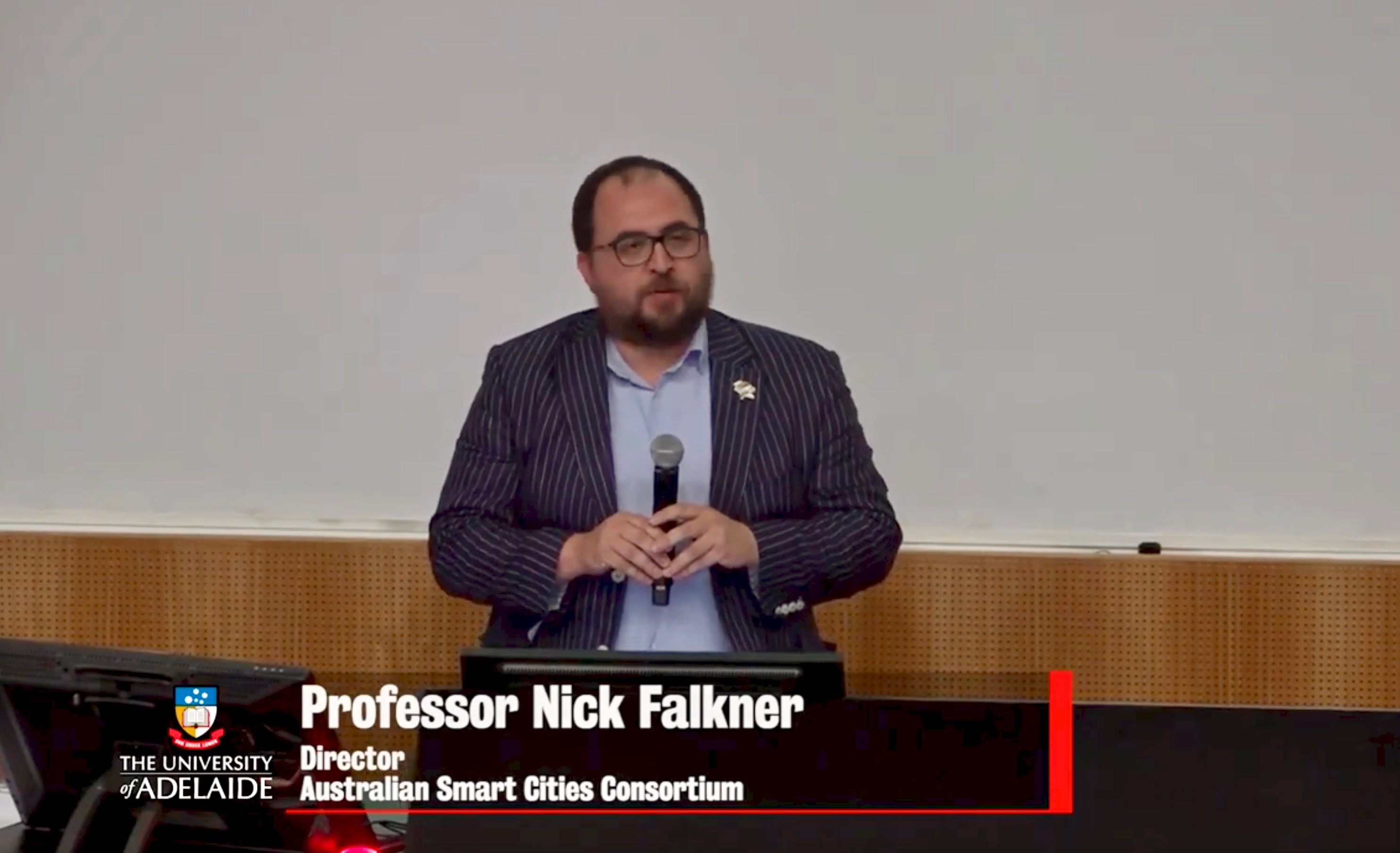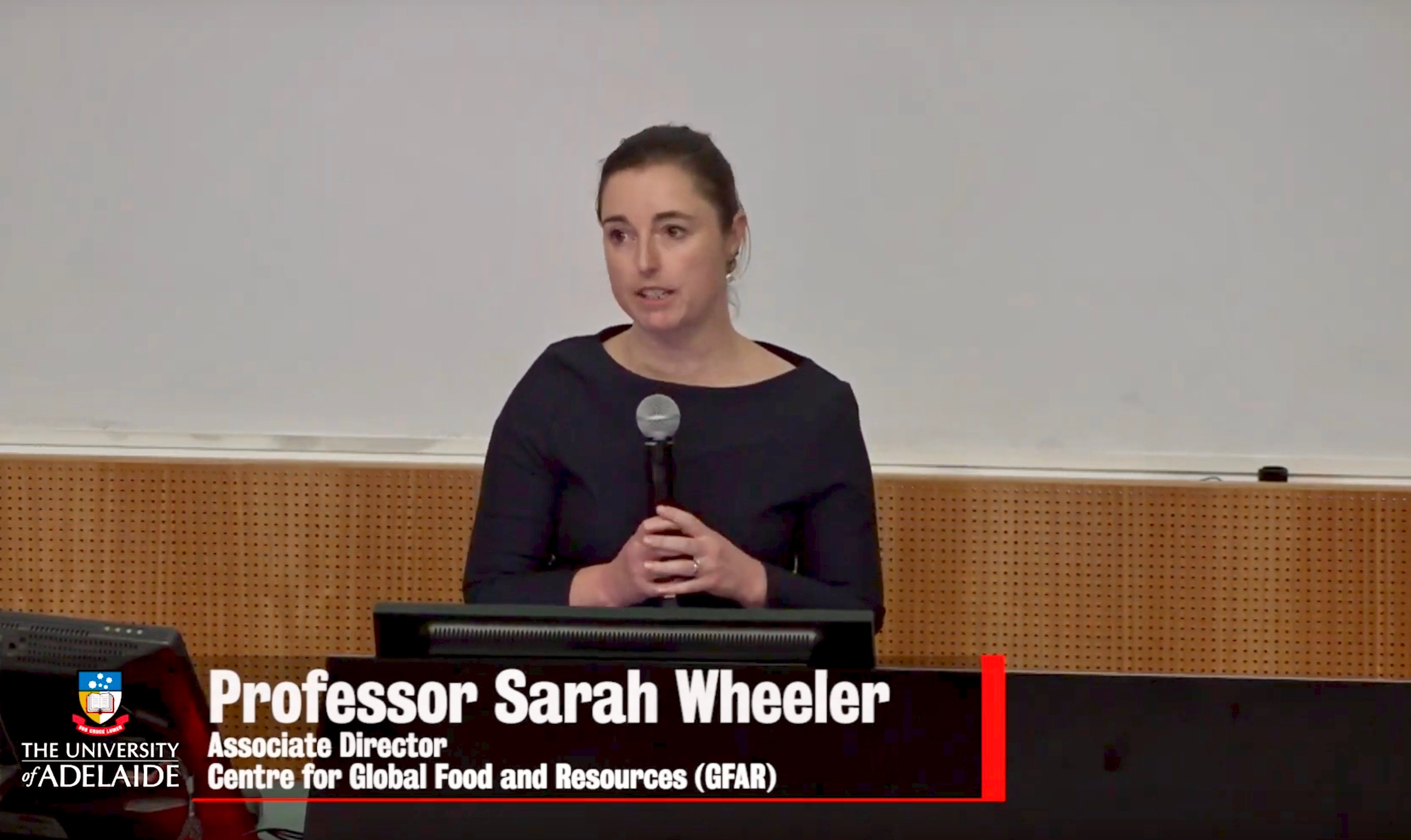Professor Richard Parncutt, from University of Graz, Austria will be visiting the University of Adelaide whilst he tours Australia, delivering his lecture series. He will speak on his perspective on climate change including “global climate change is a matter of life and death for enormous numbers of people — especially in developing countries”. Whilst travelling, he will be leaving a low-carbon footprint.
When: Friday 30th August 2019
Room: Benham G10 Benham Lecture Theatre, North Terrace, The University of Adelaide
Time: 1:00pm-2:00pm
RSVP: Not required, but please add it to your calendar
Drinks: Provided after the event
Abstract: Greenhouse-gas emissions are indirectly causing future deaths by multiple mechanisms. For example, reduced food and water supplies will exacerbate hunger, disease, violence, and migration. Predicted death tolls are crucial for policy formulation, but uncertainty increases with temporal distance from the present and estimates may be psychologically biased. How will anthropogenic global warming (AGW) affect global mortality due to poverty around and beyond 2100? Roughly how much burned fossil carbon corresponds to one future death? What are the ethical, legal, psychological, medical, political, economic implications? Order-of-magnitude estimates can be made by comparing literature from diverse relevant disciplines. The carbon budget for 2°C AGW (roughly 1012 tonnes of carbon) will indirectly cause roughly 109 future premature deaths (10% of projected maximum global population), spread over one to two centuries.
This zeroth-order prediction is relative and in addition to existing preventable death rates. It lies between likely best- and worst-case scenarios of 3 x 108 and 3 x 109, corresponding to plus/minus one standard deviation on a logarithmic scale in a Gaussian probability distribution. It implies that one future premature death is caused every time roughly 1000 (300 to 3000) tonnes of carbon are burned; therefore, any fossil-fuel project that burns millions of tons of carbon is probably indirectly killing thousands of future people. The prediction may be considered valid, accounting for multiple indirect links between AGW and death rates in a top-down approach, but unreliable due e.g. to the uncertainty of climate change feedback and interactions between physical, biological, social, and political climate impacts (e.g., ecological cascade effects, co-extinction).
Given universal agreement about the value of human lives, a death toll of this unprecedented magnitude must be avoided at all costs. As a clear political message, the “1000-tonne rule” can be used to defend human rights, especially in developing countries, and to clarify that climate change is primarily a human rights issue.
More information about Professor Richard Parncutt
The Environment Institute is providing Richard the opportunity to speak and share his own personal views at this event.








